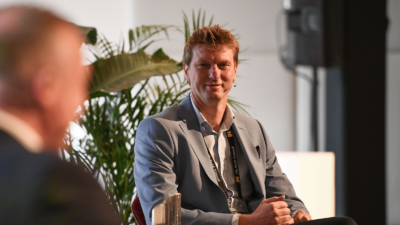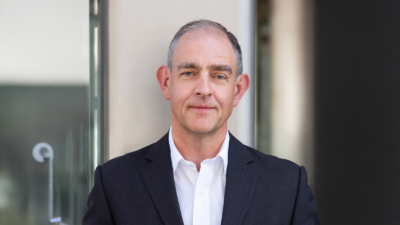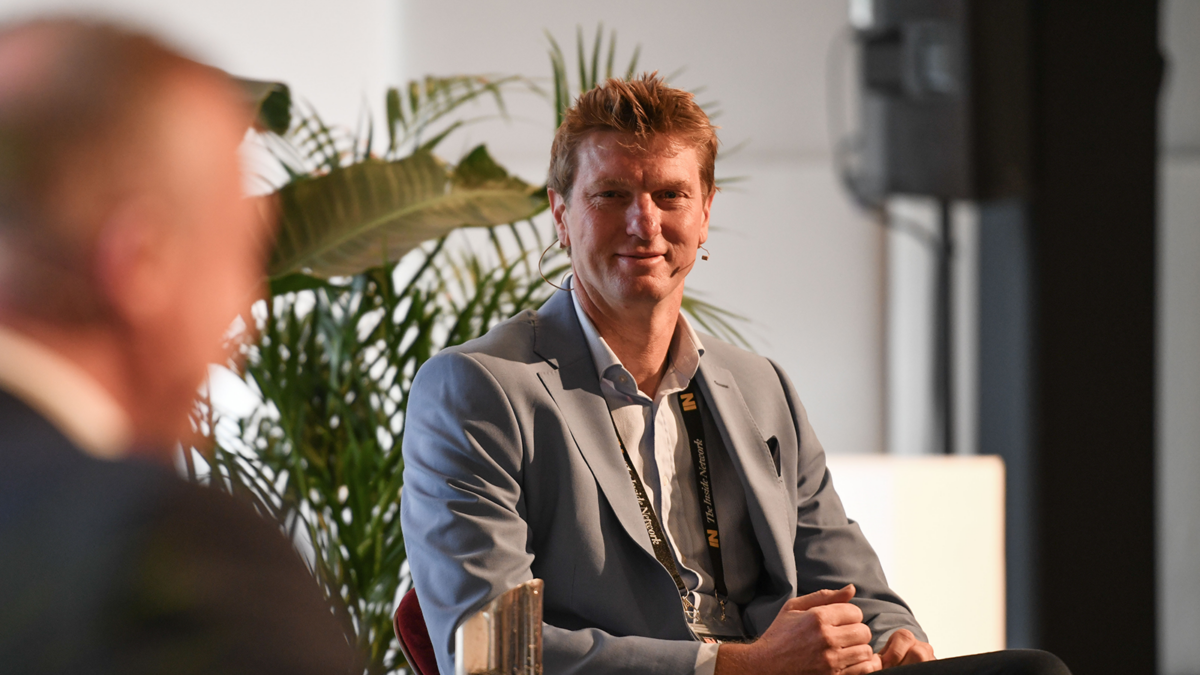‘There’s a chance that we can do this’ – Lowe sticks to narrow path
Further rate hikes are needed – and represent Australia’s best chance – to bring inflation down to a sustainable level, Reserve Bank Governor Philip Lowe reiterated to senators February 15, telling a House committee two days later that a weakening labour market is “only one piece” of the puzzle.
The inflation rate, which hit 7.8 per cent at the end of 2022, is still too high and must come down, he said. The central bank has been targeting rising prices through increases in the cash rate, taking it to 3.35 per cent from a historical low of 0.1 per cent in May 2022.
“Aggregate demand growth has been too strong, and interest rates are part of the way we bring that back down again,” Lowe said in his appearance before the Senate Estimates, while acknowledging that the rate-hiking campaign has been difficult for borrowers.
“Interest rates are a nimble policy tool – they’re a blunt policy tool, but they’re nimble.”
While current monetary policy settings are restrictive or contractionary, evidenced by falling house prices, slowing housing construction and increased mortgage costs, Lowe said at least two more increases are still needed in the months ahead.
“I don’t think we’re at the peak yet, but how far we have to go up, I don’t know. It’s going to depend upon the inflation data, the resilience of spending and the strength of the global economy, and what’s happening with wages.”
The bank’s central forecast has the unemployment rate reaching 4.5 per cent in 2024, which Lowe said would be “enough broadly to get the inflation rate down to 3 per cent over the next couple of years.”
Risks in both directions
The bank is “very cognisant that the risks are two-sided,” Lowe said.
“One risk is that the tightening in policy that’s taken place does dampen spending more than we think,” he said. “The risk on the other side is that we have not yet done enough with interest rates, and spending is more resilient and inflation stays high.”
Arguing that “there’s a chance that we can do this,” he said a key balance will be conserving Australia’s recent employment gains, with the unemployment rate currently sitting at its lowest level in 50 years. “There’s a narrow path here, and there are risks in both directions,” he said.
“Our objective is to travel that narrow path as best we can. No doubt we’ll get buffeted around and maybe we’ll get hit off it, but we want to bring inflation down, and we want to preserve those really hard-won gains in the labour market that we’ve made.”
When pressed on the effect of rising rates on households, especially those with lower incomes, Lowe emphasised that while some will suffer hardship, the population is well positioned to withstand the increased pressure, even as he acknowledged the full impact of the central bank’s actions so far are likely still feeding through to borrowers.
But he also said he believes Australians have forgotten about the “corrosiveness” of inflation following decades of not having to worry or even think about it.
“Our communication is partly aimed at reinforcing the need for inflation expectations to stay anchored and convince people that this period of high inflation is only going to be temporary. If we can do that, then we can stay on the narrow path.”
Labour market just one piece of the puzzle
Speaking on February 17 to a House of Representatives economics committee, Lowe repeated that while demand is slowing, more increases to the cash rate will be necessary to bring inflation within the RBA’s target range of 2-3 per cent.
Nonetheless, he endorsed the market consensus that the inflation figures from the December quarter are “likely to be the peak.”
When asked if the Australian Bureau of Statistics’ release the previous day of higher-than-expected January unemployment data reduced the case for further rate rises, Lowe said that was “just one piece of information” and that more signals are needed before the hiking cycle can end.
“If we saw further weak employment growth in February, that would be a big piece in that jigsaw puzzle,” he conceded. “But it’s only one piece.”
If, on the other hand, “we [also] saw retail trade and consumer spending data suggesting things are slowing down and were hearing this from businesses as well – that would be pretty powerful information”.











